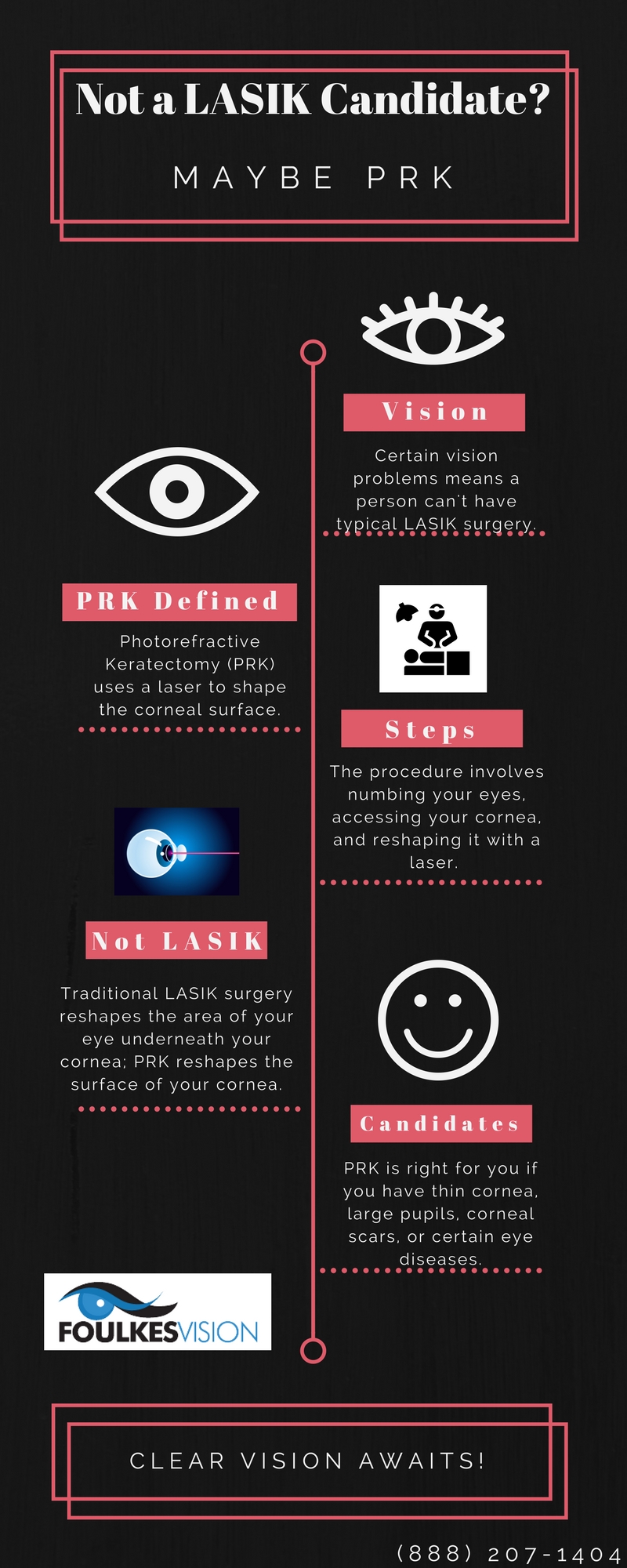The Comprehensive Guide To Refractive Lens Exchange: Crucial Details You Should Recognize
The Comprehensive Guide To Refractive Lens Exchange: Crucial Details You Should Recognize
Blog Article
Authored By-Ingram Huynh
If you're thinking about refractive lens exchange, you most likely have a great deal of inquiries. This treatment might change exactly how you see the globe, using benefits like reduced dependancy on glasses. However, it's vital to comprehend the procedure, threats, and that qualifies as a good prospect. Let's discover these essential elements so you can make an informed decision about whether RLE is right for you.
What Is Refractive Lens Exchange and Just How Does It Function?
Refractive lens exchange (RLE) is a surgical procedure made to change your eye's natural lens with a fabricated one, correcting vision issues like nearsightedness, farsightedness, or presbyopia.
Throughout the treatment, your specialist makes a tiny laceration in the eye, removes your natural lens, and inserts an intraocular lens (IOL) tailored to your vision requires. This outpatient surgical treatment generally takes about 15 to 30 minutes per eye and is carried out under local anesthetic.
Tersigni Vision Cost Of Laser Eye Surgery in your vision virtually immediately, though complete recovery might take a few weeks. RLE is especially advantageous for those over 40 or with high prescriptions, providing a durable option contrasted to glasses or contact lenses.
Your eye care specialist can aid determine if RLE is right for you.
What Are the Conveniences and Dangers of Refractive Lens Exchange?
Selecting refractive lens exchange can bring about substantial renovations in your vision, yet it's important to consider both the advantages and threats prior to making a decision.
On the plus side, this procedure can boost your sight by dealing with problems like presbyopia, nearsightedness, and hyperopia. Several individuals take pleasure in lowered dependancy on glasses or contact lenses, which can significantly enhance their lifestyle.
Nonetheless, it's crucial to consider possible risks. EVO ICL After Lasik can consist of infection, glow, or halos around lights.
There's also an opportunity of overcorrection or undercorrection, which might require added procedures.
Who Is an Ideal Candidate for Refractive Lens Exchange?
If you're considering refractive lens exchange, it's important to recognize whether you fit the account of a suitable candidate. Typically, you might be an excellent prospect if you more than 40, experience presbyopia, or have high degrees of nearsightedness or farsightedness.
It's additionally critical that your vision is stable, suggesting your prescription hasn't changed substantially in the past year. If you have cataracts or other eye conditions, you might benefit from this treatment as well.
Nevertheless, certain variables, like uncontrolled diabetic issues or autoimmune conditions, can invalidate you. To determine your candidateship, speak with an eye treatment professional that can examine your certain circumstance and recommend the most effective course of action tailored to your needs.
Final thought
To conclude, refractive lens exchange can be a transformative alternative for improving your vision, specifically if you more than 40 or have a high prescription. While the advantages are considerable, it's crucial to evaluate the dangers and seek advice from your eye care specialist to identify if you're an optimal prospect. With the best details and support, you can make an educated choice and potentially appreciate a life with lowered dependancy on glasses.
